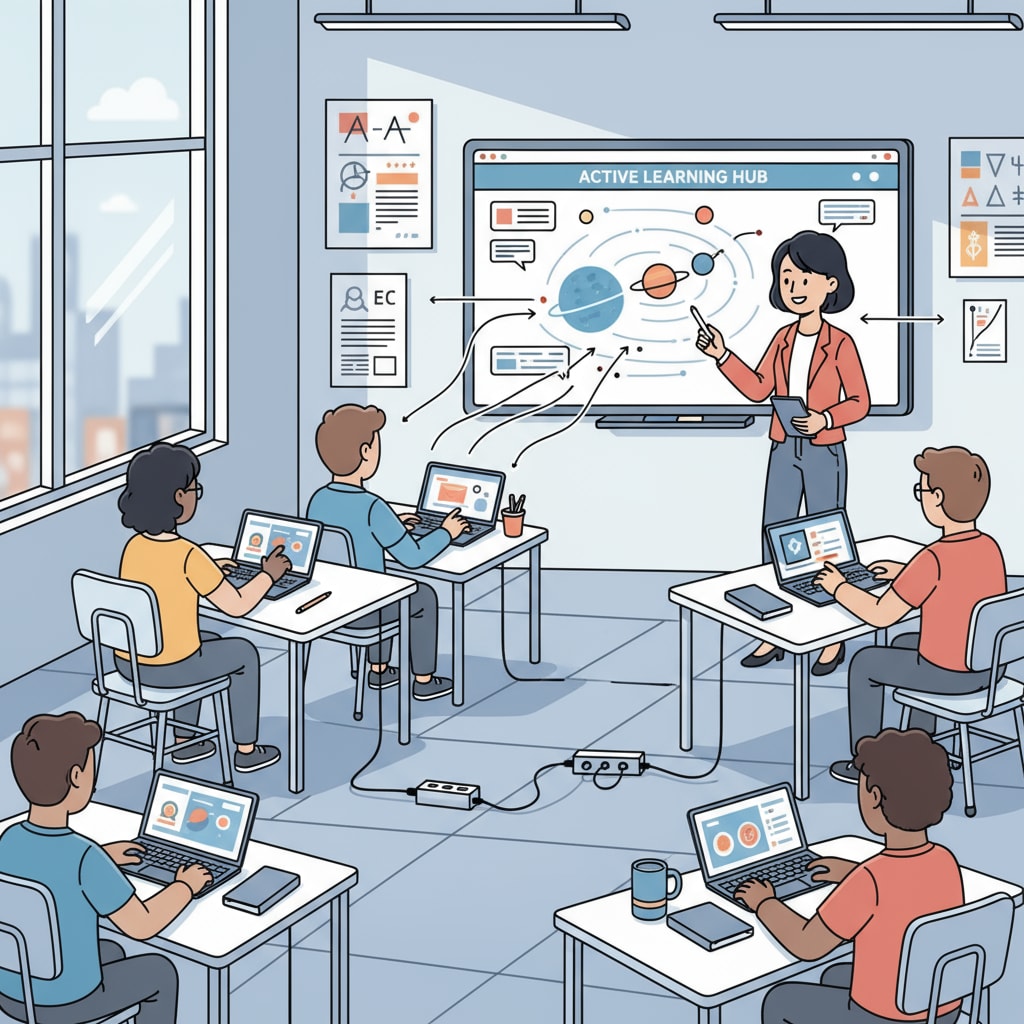In the dynamic landscape of K12 education, the choice between traditional and modern teaching methods, along with the integration of teaching technology, is a crucial decision for educators. These two approaches, while distinct, can be harmoniously combined to enhance the learning experience.

The Merits of Traditional Teaching Methods
Traditional teaching methods have a long – standing reputation in education. For example, the lecture – based approach allows teachers to convey a large amount of information in an organized manner. As stated on Wikipedia’s page on Traditional Education, this method helps students build a solid foundation of knowledge in various subjects. In addition, textbooks, a staple of traditional teaching, provide structured content that students can refer back to for review. Moreover, face – to – face interactions between teachers and students in a traditional classroom setting enable immediate feedback, which is essential for students’ understanding.

The Allure of Modern Teaching Technology
Modern teaching technology has revolutionized the educational landscape. Interactive whiteboards, for instance, make lessons more engaging by allowing teachers to incorporate multimedia elements such as videos and animations. According to Britannica’s entry on Educational Technology, online learning platforms offer flexibility, enabling students to learn at their own pace. Additionally, educational apps can be tailored to individual students’ needs, providing personalized learning experiences. This personalized aspect of modern teaching technology can significantly enhance students’ motivation and performance.
However, modern teaching methods also have their limitations. The over – reliance on technology may lead to a lack of face – to – face social interaction, which is crucial for the development of communication and social skills. Moreover, not all students have equal access to the latest technology, creating a digital divide.
Finding the Balance
To achieve the best educational outcomes, educators need to find a balance between traditional and modern teaching methods. For subject areas that require a deep understanding of fundamental concepts, such as mathematics and history, traditional teaching methods can be used to establish a strong knowledge base. Then, modern teaching technology can be introduced to reinforce learning through interactive simulations and online resources. In terms of student needs, visual learners may benefit more from modern multimedia – rich teaching, while auditory learners might prefer traditional lectures. By considering these factors, educators can create a blended learning environment that maximizes the advantages of both approaches.
Readability guidance: In this article, we’ve explored the pros and cons of traditional and modern teaching methods. By using short paragraphs and lists, we’ve made the content more accessible. We’ve also incorporated external links to reliable sources to enhance the credibility of our discussion. Transition words like ‘however’, ‘in addition’, and ‘for example’ have been used to make the flow of ideas smoother.


